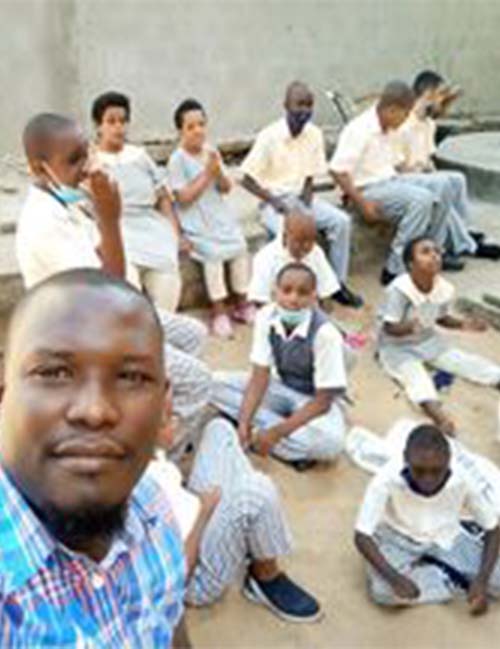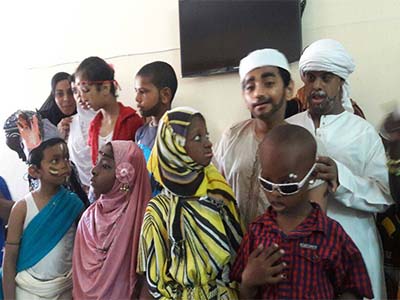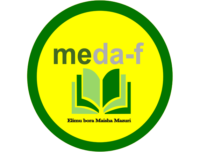
started in the year 2016
Our Background
Malindi Cerebral Palsy Centre was started in the year 2016, enabled through collaboration between Malindi Education and Development Foundation (MEDA) and Kenya Community Development Foundation (KCDF) through a grant matching approach. The centre is a learning community where Special need students are provided access to high quality education that has both breadth and depth. Learning, at the centre, is experienced through a range of format whose focus, as always, is the pursuit of excellence, equity and opportunity sourced from a variety of strategies.
School disability
Malindi County
The staff have continued to work collaboratively to further refine their skills and strategy as well as empowering their capacity to respond to the complex needs of our diverse and demanding school community. The staff delivers data–informed and differentiated teaching and learning programs that addressed the development of general capabilities in addition to expected subject knowledge as mandated by the curriculum.
Malindi Cerebral Palsy Centre values creativity, oracy and team building skills, as reflected in the rich and extensive range of extra–curricular activities such as vocational training sessions.
The Strategic objectives of this project include the following;
- 1. Rehabilitate children with disability for equitable access to quality educational programs
- 2. Increase access to quality education among children with disability
- 3. Equipping skills and techniques to children with disability
- 4. Increase the level of awareness among Parents/ Guardians and stakeholders on the rights of children with disability
- 5. To strengthen the referral system for medical services
PROBLEM STATEMENT
In Kenya, a population of more than 3 million people is living with disability; the government of Kenya has created laws and policies in addressing challenges facing people with disability. However, very few people with disability enjoy their privileges as Kenyans. The Kenyan National Department of people living with disability has currently developed a data centre where people living with disability need to register and get an identity card which helps them have access to the Kenya national funds for the disable. The funds help them attain equipments and other benefits but up to date, very few people living with disability have this information and so many are unregistered.
PROJECT ACTIVITIES
a) Special Education
Malindi Cerebral Palsy Centre provides special education appropriate to the needs of each individual child. The units done include Number work, Language, Listening and communication, Activities of Daily living (ADL) which involves basic skills training, Motor skills to improve coordination, Response to Intervention (RTI), Art to enhance creativity and imagination, Computer lessons to enhance coordination, technical skills and recognition as well as Vocational training which involves, .training of material creation such as beading and weaving. These units come to life through a wide network of special strategies and techniques used by our skilled personnel to improve the children’s abilities and develop their skills. The environment is safe and created in a way that the children feel comfortable and free to learn, innovate and socialize with fellow students and staff.
b) Medical Care/ Assessment
Malindi Cerebral Palsy Centre accommodates children of different disabilities i.e. Cerebral Palsy, Autism, Down syndrome, Hearing impairment, Physically challenged, Multiple disability, Attention deficit and Hyperactivity disorder, Short stature and Slow learners. When a child arrives at the school, a full medical assessment is conducted and a file is opened for him/her. This enables the centre to effectively keep track of the progress and development of the students from time to time as re-assessments are conducted and put into their files.
The students at the centre hence receive vital physiotherapy sessions and Sports activities as well as play to improve them on the following grounds;
- 1. To improve muscle strength, coordination, and flexibility.
- 2. Improve exercise endurance, cardiovascular efficiency, and possibly increased life expectancy.
- 3. Experience better balance, motor skills and body awareness.
- 4. To enhance improvement in behavior, academics, self-confidence and building friendships.
- 5. Promoting positive changes in their health, quality of life and boost to their self-esteem.
- 6. Gets to experiences a sense of accomplishment and possibly the taste of winning or personal satisfaction.
- 7. Experience increases in attention span, on-task behavior, and level of correct responding.
- 8. Will increase appetite and improve quality of sleep.
- 9. Will see a decrease in secondary health complications like obesity, high blood pressure, low HDL (“good”) cholesterol and diabetes.
- 10. Will find an outlet for their physical energy, will help them cope with stress, anxiety and depression.


Having physiotherapy sessions, Sport activities and play as a student’s necessity has enabled us to get a positive effect on the children at the center where most students have managed to develop better balance, ability to walk more effectively, loss of weight for those overweight, an improvement in flexibility as well as a boost in confidence especially to those who are hesitant and shy to express themselves. The Centre, however, requires more physiotherapy equipment’s as well as physiotherapists due to the increasing number of students to ensure maximum medical care for each student.
